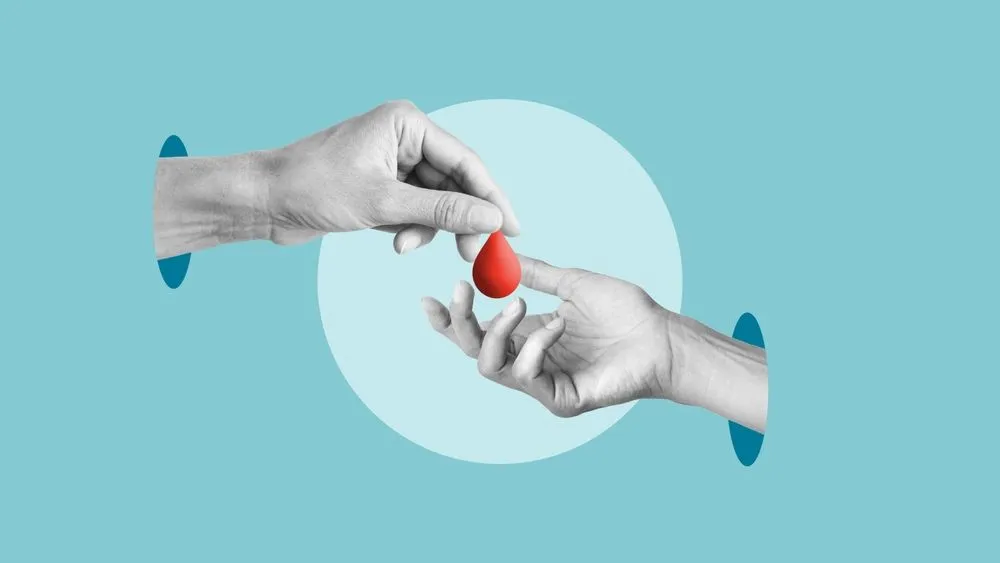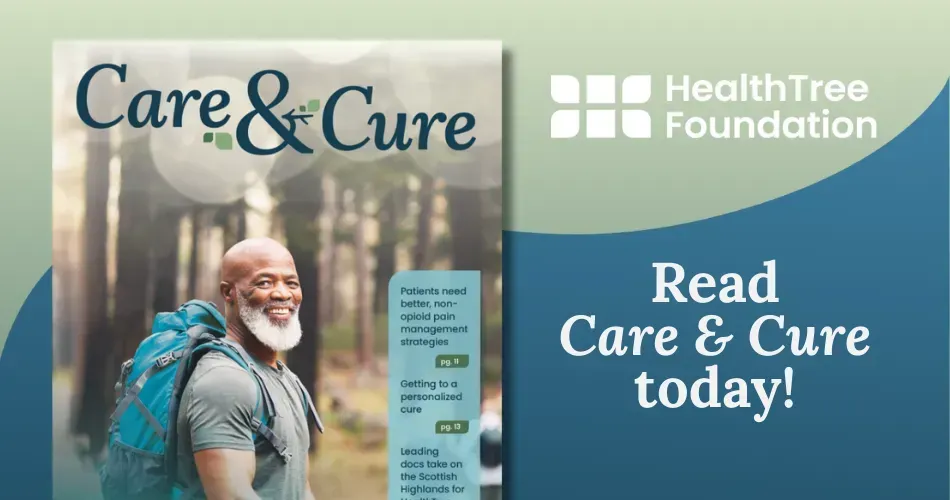How Demographics and Income Affect Survival in MDS

Myelodysplastic syndromes (MDS) are bone marrow diseases that cause low blood counts and can lead to acute myeloid leukemia (AML). These conditions mainly affect older adults and often require ongoing treatments like transfusions and medications to manage symptoms. While treatments and risk tools have improved, survival outcomes vary widely depending on who you are and where you live. A new analysis of data collected over 21 years highlights how gender, race, income, and location all play a role in outcomes for people with MDS.
Gender differences in MDS outcomes
The analysis included over 84,000 people diagnosed with MDS from 2000 to 2021. About 56% were male and 43% were female. When researchers looked at overall survival, men had significantly lower five-year survival rates than women. After adjusting for other variables, men were 20% more likely to die within five years of diagnosis than women. This suggests that biological or social factors linked to gender could be influencing treatment responses or access to care.
Race and ethnicity impact survival
Survival outcomes also varied by race and ethnicity. Compared to White patients, Black, Hispanic, Asian or Pacific Islander, or American Indian/Alaskan Native people had higher five-year survival rates. This finding may seem surprising and should be interpreted carefully. Differences in disease biology, access to care, or classification of MDS subtypes may partially explain this result. Further research is needed to understand these patterns better and whether they reflect differences in diagnosis, treatment, or reporting.
Rural residents have more challenges than those in cities
Where a person lives also influences outcomes. Patients living in rural areas had worse five-year survival compared to those in urban areas. People in rural locations may have limited access to specialists, academic medical centers, or advanced therapies, which could negatively impact disease monitoring and treatment options.
Lower household income is associated with worse outcomes
Socioeconomic status also plays a role. The study divided patients by annual household income with a $70,000 threshold.
People earning less than $70,000 yearly were more likely to have worse outcomes. The financial burden of a disease can be a barrier to care. The cost of frequent clinic visits, supportive care like transfusions, or medications not fully covered by insurance can increase this burden.
Addressing disparities can help improve survival for all patients
This large national study shows that survival in MDS is affected by factors beyond biology. Income, gender, geography, and race can shape a patient’s experience and outcome. Understanding these disparities is a first step in addressing them. Healthcare is a universal right, therefore, measures that improve patient outcomes must include tailored support, such as transportation services for rural patients. Studies like this highlight gaps in care that need improvement.
Final thoughts
Social and economic factors significantly influence outcomes for individuals with myelodysplastic syndromes. This study highlights how gender, income, race, and location play a crucial role on survival. Healthcare providers must address these disparities to enhance care and support for all MDS patients.
Keep learning from more updates like this, and improve your understanding of MDS!
Visit the HealthTree News site to read more articles.
Source:
Myelodysplastic syndromes (MDS) are bone marrow diseases that cause low blood counts and can lead to acute myeloid leukemia (AML). These conditions mainly affect older adults and often require ongoing treatments like transfusions and medications to manage symptoms. While treatments and risk tools have improved, survival outcomes vary widely depending on who you are and where you live. A new analysis of data collected over 21 years highlights how gender, race, income, and location all play a role in outcomes for people with MDS.
Gender differences in MDS outcomes
The analysis included over 84,000 people diagnosed with MDS from 2000 to 2021. About 56% were male and 43% were female. When researchers looked at overall survival, men had significantly lower five-year survival rates than women. After adjusting for other variables, men were 20% more likely to die within five years of diagnosis than women. This suggests that biological or social factors linked to gender could be influencing treatment responses or access to care.
Race and ethnicity impact survival
Survival outcomes also varied by race and ethnicity. Compared to White patients, Black, Hispanic, Asian or Pacific Islander, or American Indian/Alaskan Native people had higher five-year survival rates. This finding may seem surprising and should be interpreted carefully. Differences in disease biology, access to care, or classification of MDS subtypes may partially explain this result. Further research is needed to understand these patterns better and whether they reflect differences in diagnosis, treatment, or reporting.
Rural residents have more challenges than those in cities
Where a person lives also influences outcomes. Patients living in rural areas had worse five-year survival compared to those in urban areas. People in rural locations may have limited access to specialists, academic medical centers, or advanced therapies, which could negatively impact disease monitoring and treatment options.
Lower household income is associated with worse outcomes
Socioeconomic status also plays a role. The study divided patients by annual household income with a $70,000 threshold.
People earning less than $70,000 yearly were more likely to have worse outcomes. The financial burden of a disease can be a barrier to care. The cost of frequent clinic visits, supportive care like transfusions, or medications not fully covered by insurance can increase this burden.
Addressing disparities can help improve survival for all patients
This large national study shows that survival in MDS is affected by factors beyond biology. Income, gender, geography, and race can shape a patient’s experience and outcome. Understanding these disparities is a first step in addressing them. Healthcare is a universal right, therefore, measures that improve patient outcomes must include tailored support, such as transportation services for rural patients. Studies like this highlight gaps in care that need improvement.
Final thoughts
Social and economic factors significantly influence outcomes for individuals with myelodysplastic syndromes. This study highlights how gender, income, race, and location play a crucial role on survival. Healthcare providers must address these disparities to enhance care and support for all MDS patients.
Keep learning from more updates like this, and improve your understanding of MDS!
Visit the HealthTree News site to read more articles.
Source:

about the author
Jimena Vicencio
Jimena is an International Medical Graduate and a member of the HealthTree Writing team. Currently pursuing a bachelor's degree in journalism, she combines her medical background with a storyteller’s heart to make complex healthcare topics accessible to everyone. Driven by a deep belief that understanding health is a universal right, she is committed to translating scientific and medical knowledge into clear, compassionate language that empowers individuals to take control of their well-being.
More on Navigating Your Health
Trending Articles
Get the Latest Myelodysplastic Syndromes Updates, Delivered to You.
By subscribing to the HealthTree newsletter, you'll receive the latest research, treatment updates, and expert insights to help you navigate your health.
Together we care.
Together we cure.
3x Faster.









